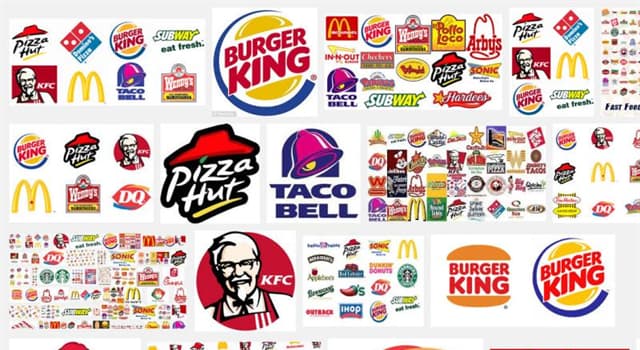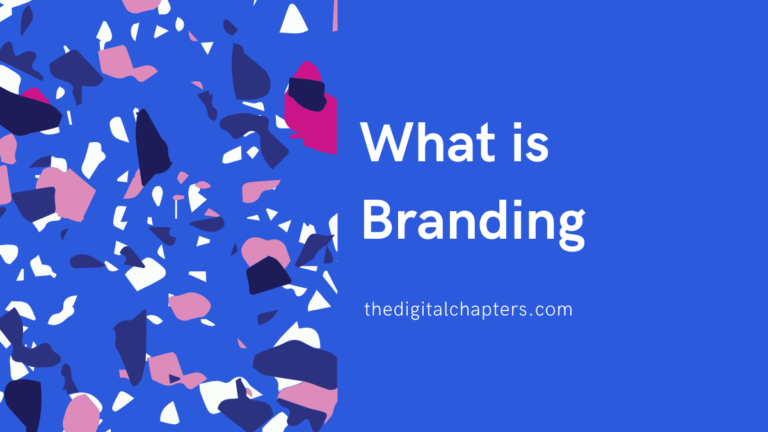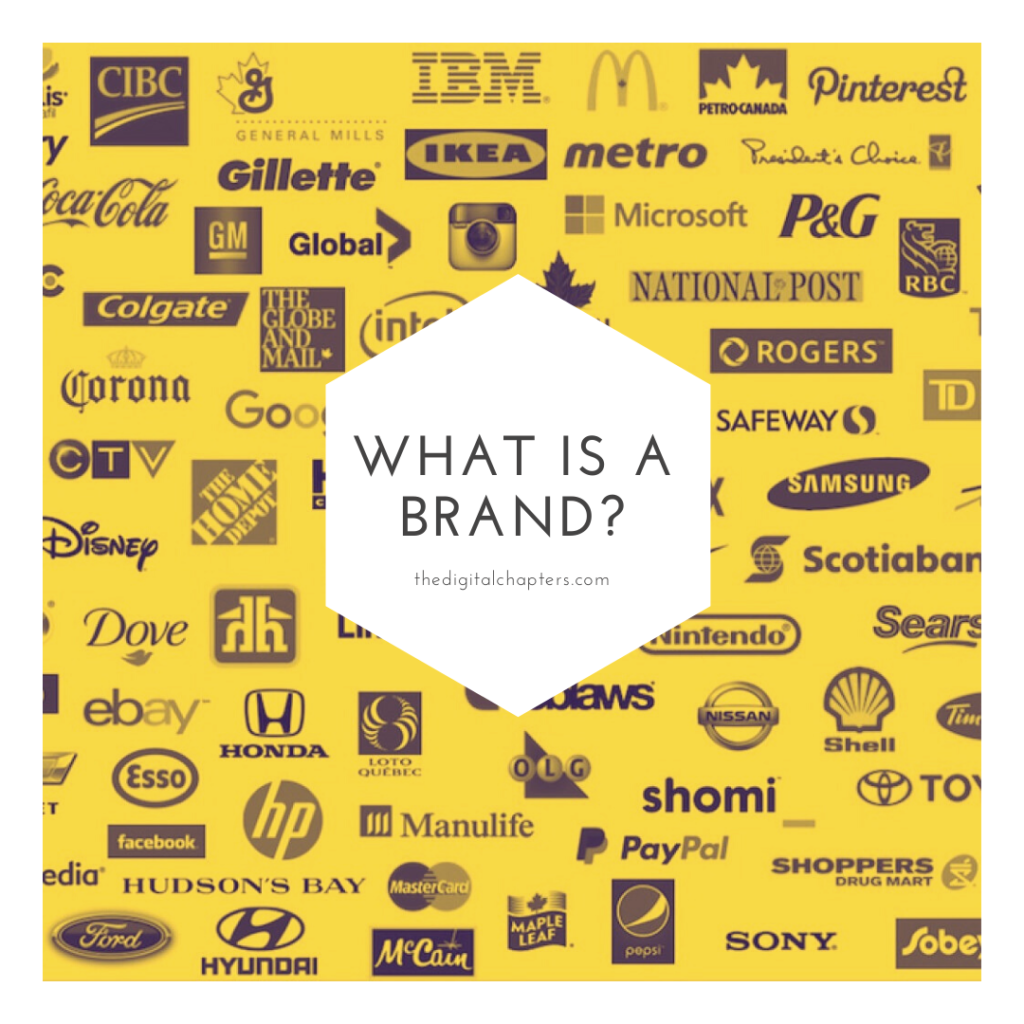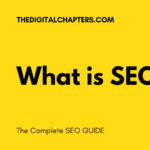Brand Building Strategies
What is a Brand ? What are some Brand Building Strategies ? What are difference between Brand and Branding? There are a lot of question that arises. Here is the detailed guide for you about marketing, branding and brand building
We are going to discuss the following in this post-:
Table of Content
- What is a Brand
- What is Branding?
- What is not Branding ?
- Why Branding is so Important to everyone?
- Brand Identity Selection:
- What is Brand Sponsorship ?
- Brand Development
What is a Brand ?
A Brand is a term that is used for a Company, Product, Symbol, Design, Person or Any other service that is offered to customers that distinct from other similar things. There are multiple definitions by different marketing professionals and experts. Some of the are here-:

Brand Building Strategies
According to The American Marketing Association ,
“A brand is a name, term, design, symbol, or any other feature that identifies one seller’s good or service as distinct from those of other sellers”
Philip Kotler and Gary Amstrong defined the Brand as a-:
“name, term, sign symbol (or a combination of these) that identifies the maker or seller of the product”.
And P.Tailor of defines a Brand as a,
“Marketing tool that allows consumers to recognize the maker of a product”.
What is Branding?
If you ask to me what Branding is ? I will define in simple words; branding is a set of activities to promote a brand In this, you will require an Advertisement, Promotion, and all other Marketing activities that required to make it different from others.

Branding is a set of marketing activities aimed at the creation of a differentiated identity for company, product, service or an Individual. Branding puts one’s company in a distinct position from its competitors.
Branding is the focused marketing activities set, which aims at setting one’s business different from the others around. Brand of a company or group is the intangible value as perceived by its customers.
The brand-building process aims at creating a perception of additional value, apart from the usage value, which a customer should get when using a company or group’s product or services.
Branding is a set of marketing activities and this is a process of building a brand. Branding starts from creating a logo and completed to turning customers into sales.
If you want to attract a customer to your product or service you do many things and that all is Branding. In this entire activity process to attract a customer you have to do many things like Finding a unique name, catchy taglines, attractive logo, Image and creatives of the product and service
What is not Branding ?
Many people get confused while understanding the real meaning of Branding. They think creating a logo, creative or an advertisement is a Branding and actually this is not.
Branding is more than what you think. This is a process to attract people to your brand.

Branding is creating a brand and Brand is Branding.
Branding is -:
1. Who you are ?
2. What you stand for/ What is your purpose ?
3. Why it exists ?
4. How you are different?
5. How someone feel about it?
6. Who associates with your brand ?
Brand building is a set of unwritten commitments to one’s customers about the affectivity, consistency, quality, and the truthiness of purpose delivered as an additional package or bundle with the actual set of qualities borne by the product or service.
Branding and marketing are often confused with being all and the same. But essentially, brand strategy is one channelized marketing effort of building an emotional connection between customers and a company’s products, or services whilst marketing is the overall process of revenue generation from them.
Why Branding is so Important to everyone?
Brand building process is an extremely essential process to make long-lasting impressions in the minds of the common customers.

- Stand out a clear communication to people.
- Identify and recognize your Brand.
- It makes a credibility in the marketplace.
- Connect with people emotionally.
- Attract buyers to add the brand.
- Branding helps recognizing a Brand.
- Branding helps in referrals.
Brand identity instantly influences a prospective customer, which impacts buying decisions and propels him or her to choose a particular brand over others.
Thus, Brand Identity can catapult a prospective buyer to a revenue source of the company.
Brand Strategy creates an explicit recognition for a particular company or group’s business, commanding a higher degree of attraction amongst the masses.
The brand identity, if positively circulated, has the potential to generate heightened sales and add up to create a more extensive customer base. Branding, in itself, is an excellent source of advertising for a company or group.
The greatest asset of an established brand identity is the positive word of mouth advertisement which passes on from brand-loyal customers to the probable ones and increases their overall strength.
Brand Identity Selection:
The Brand building process starts with the selection of a particular brand name, the choice of a suitable tagline, a symbol, and a registered trademark for a specific company or group for unique identification amongst a wide variety of offers. A brand identity should clearly be in line with the vision and mission of the company or group. It should highlight

the firm’s or group’s beliefs and values, which gives it uniqueness. Selection of Brand Identity should be in perfect sync with the ethics and moral value
Brand Positioning
Brand positioning refers to the place a brand wants to behold in the minds of the customers. It encompasses the brand’s promise revolving round the core benefits delivered by the product(s) or service(s) offered by the brand; over the nearest rivals of the brand. Brand positioning is a clear indicator to judge where a particular brand exists in the market, which is no short of rivals and competitors.
What is Brand Sponsorship ?
Brand building process involves a strategic mix of decisions involving how a brand is primarily sponsored.
A brand can mostly be sponsored in the following ways-:
i. Manufacturer’s Brand
When the manufacturer of a particular item markets the goods produced by itself under its own name, it is called Manufacturer Branding.
The manufacturer, in this case, is called the Original Brand Manufacturer thus an original brand manufacturer retails the goods produced by it.
ii. Private Brand
When a brand is owned by a wholesaler or retailer of a particular product that is not produced or manufactured by them, then such a brand identity is known as Private Brand or commonly referred to as Private Label.
iii. Co-branding
It refers to the conscious coming together on collaborative terms by two or more parties to market a particular product or service. It happens when mergers and acquisitions take place amongst companies and also when a lesser-known company launches its product and uses the brand identity of a well-known company to aid the overall business.
iv. Licensing:
Brand licensing is when the owner of a particular brand allows some other firm to use its brand identity for marketing its products. The owner of the brand gets a tremendous amount of royalty for licensing its brand identity to the licensee.
v. Franchising:

Franchising is a process wherein a brand owner issues permission to use its brand identity to another firm strictly on its terms and conditions. The franchisee has to adhere to these terms and conditions to the very core. Also, the franchisee has to guarantee the maintenance of quality norms and standards as demanded by the brand owner. The franchisee has to obtain permission from a brand owner to market any other brand in its facility. Also, it has to commit the promote and rescue the interest of the brand owner.
Brand Development:
A brand development process includes product line extensions under the roof of a brand. It also involves a brand extension, which essentially refers to horizontal expansion of the brand products or increasing the product mix.
A company or group has the choice of becoming a “House of Brands” or “A Branded House.” A house of brands essentially refers to when the owner prefers to hold multiple brands under the original or parent roof and markets each product, in its mix, as an individual brand in itself.
A branded house, on the other hand, incorporated the brand tag on all of its products, highlighting and showcasing the powerfulness and diversity in the range of products of one particular brand.
Brand Types
Branding can typically be subdivided into three major types as described below:
The Corporate Brand:
A typical brand identity associated with a big Corporate House owning the brand under which many different products and product lines are housed is called The Corporate Brand.
For example, The Tata Group, The Coca-Cola Global brand, General Motors, and the like. Being a well-known identity, the Corporate Brand is easily associated with the customers, and a Corporate Brand’s products or services are instantly accepted and marketed fast as compared to other products or services which stand in direct competition with them.
The Product Brand:
Some firms believe that promoting a product’s or product lines’ name as a brand image in itself is suitable for marketing. Thus they promote the individual products’ name as the brand image; for example, Maggie, Kitkat, etc. are all products of Nestle Company, but they themselves are individual brands in themselves.
Fast Moving Consumer Goods market is also full of products where the individual products like Lifebuoy, Clinic, Fair and Lovely, Vaseline, Axe, Rexona, etc. are all brand names in themselves. Seldom are they correlated with the parent company brand that is Hindustan Unilever Limited. Similarly, ITC’s products, like Aashirwad atta, Sunfeast, Yippee, Candyman, Classmate, etc. are individual Product Brands.
The Personal Brand:
Personal Branding is a type of branding and marketing that involves practices and activities aimed at developing a brand image and reputation of an individual or a group of individuals.
Individual names are associated with brands like The Trump Towers, which is a big name in the international real estate market.

Celebrities such as actors, actresses, sportsperson are very much sought after for their personal brand. Some big shots of personal brands in today’s context are Amitabh Bachchan, Shahrukh Khan, Aishwariya Rai, Kareena Kapoor Khan, Sachin Tendulkar, Virat Kohli, M. S. Dhoni, Sania Mirza, Saina Nehwal, Tiger Woods, Kim Kardashian and so on.

These individuals have excellent profiles in their respective careers. They are thus romped-in by business firms to endorse their products, which have an immediate impact on the customer base and are a sure-shot formula for increasing the sales of one’s products or services.
Thus we see that branding surely helps in creating a connection in the customers’ minds about the quality, value, and dependability of a company’s products or services.
Customers are very expectant when they come across new products or services of established brand identity and get easily moulded in choosing them and neglecting others around.
But, the brand-building process is a tenacious and long-term one. We cannot expect our company’s brand image to shoot up overnight. It takes an enormous amount of brand strategy and planning to go with personal efforts put in by individuals of the company to create a brand identity.

Moreover, managing an established brand is far more complicated than building a new brand. Expectations from an established brand are far superior as compared to a new band. Thus, maintaining the quality and keeping up with the promises of the company as represented by the brand image is a tedious job.
Customers can quickly move away from a particular brand if their expectations are not fulfilled. Regaining brand identity is a very, very difficult proposition, for example, Maggie, which lost its brand image, had to face a very tough situation to regain its position back.




